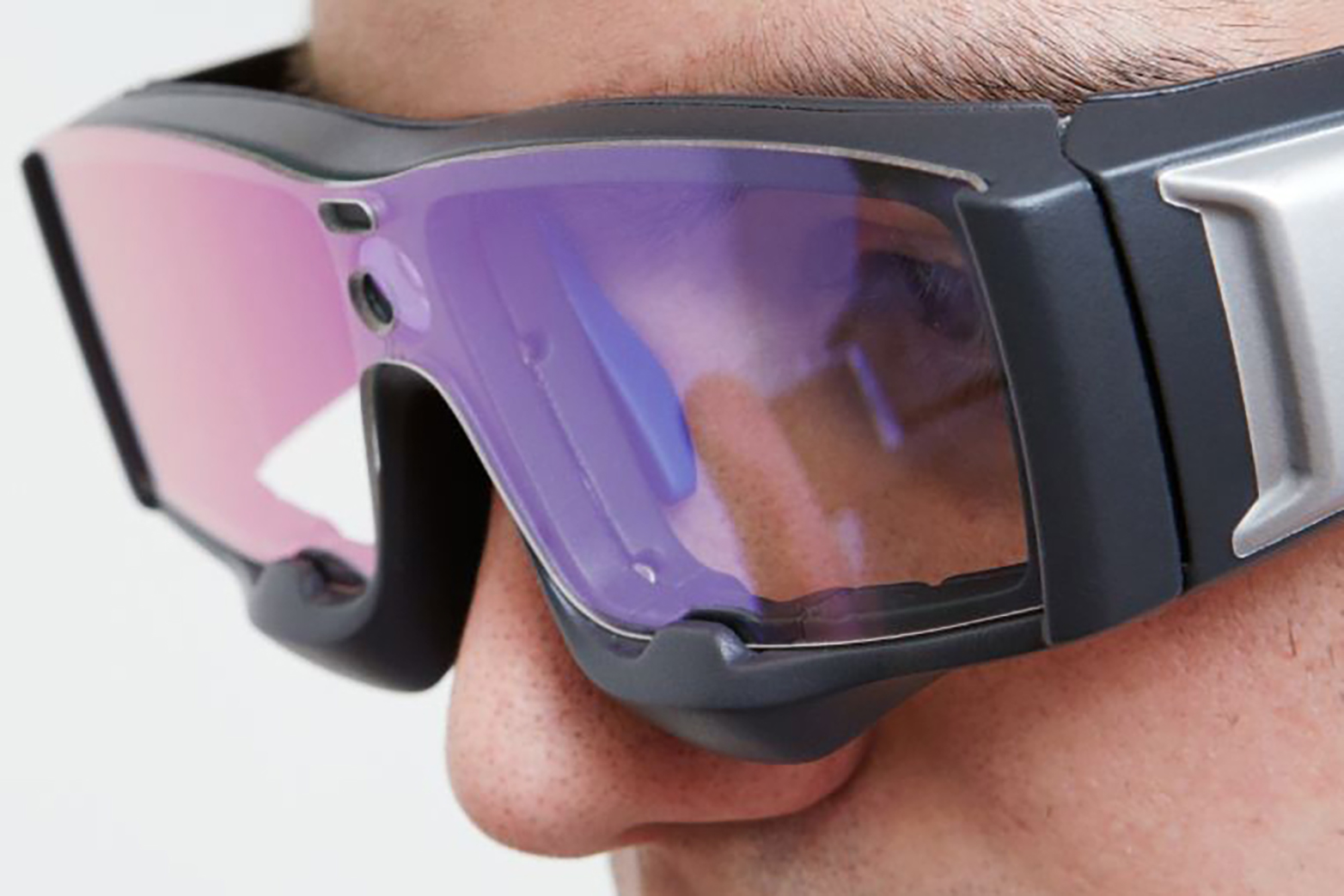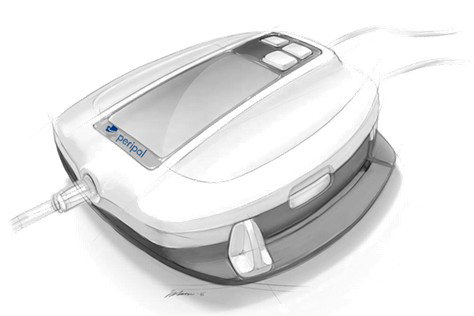Eye-opener for product developers
Do you know how people use your products? The eye tracking system of ETH researcher Quentin Lohmeyer reveals weak points in the usability of products and helps to improve the development process. Read how the companies Bosch, Peripal and Ypsomed have successfully applied this system.

How can companies determine the usability of their products?
It is very difficult to find out how people use a certain product. Usually companies collect rather qualitative information e.g. via questionnaires. In contrast to that, our eye tracking system delivers clear facts at which points the usage of products is not intuitive or even safety critical. This way, it’s easy to draw conclusions for product development.
How does your eye tracking system work?
We use commercially available eye tracking devices and complement them with our own software algorithms. The device consists of eyeglasses with a built-in camera and infrared sensors. The camera records what the user is viewing. The infrared device measures the position of the pupils. The algorithm calculates the point of gaze and visualizes it in the recorded video. We found out that the sounds that the user makes are very meaningful and clearly indicate moments of frustration or relief. That’s why we also record the sound.
For what kind of products and companies is your system suited?
The system is very helpful for the design of quite complex products used by people with limited experience and capabilities. Generally, all types of machines – from consumer products to industrial equipment – can be analyzed and optimized with our method. We have carried out first projects with the companies Bosch, Peripal and Ypsomed.
What did Bosch examine with the eye tracker?
Bosch wanted to improve a 3D printer that they sell in hardware stores. Focus of the study was the field of education. We carried out a study with 56 participants, of which about 20% were teachers. We recorded the use cases several times so that we could also observe a learning curve. From the videos, we extracted valuable information on e.g. how to improve the openings of the 3D printer or the menu navigation on the display.


What kind of study did you do for Peripal?
Peripal is a start-up company focusing on home dialysis devices. Our study with typical users (elderly people, some of them with motor impairments) revealed that the connection of tubes was a big problem. The users should not touch the connecting surfaces, as contaminated parts increase the risk of infection. The company used our results to develop the next generation of connectors with a low infection risk. Now the clinical studies are running and the device will be launched next year.
How did Ypsomed benefit from the eye tracking system?
Ypsomed is a leading manufacturer of injection and infusion systems for self-medication, e.g. used for managing diabetes. They have developed a new smart connected product system that consists of three constituents: a disposable injection device, a re-usable add-on module called SmartPilot and a mobile app. SmartPilot monitors the injection process and gives feedback to the user via mobile app. We carried out several iterative tests with prototypes and helped Ypsomed to optimize the usability of the product before commercial launch.

What are your goals for the future?
We want to improve our algorithms so that the camera automatically detects the area of interest (i.e. the product). This automation will speed up the analysis procedure and enable us to carry out larger studies. Our ultimate goal is to open the eyes of product developers and to foster user centered product development.
Contact / Links:
Quentin Lohmeyer
Product Development Group Zurich
Do you want to subscribe to ETH News for Industry?
Subscribe to our external pagenewslettercall_made
Are you looking for research partners at ETH Zurich?
Contact ETH Industry Relations
